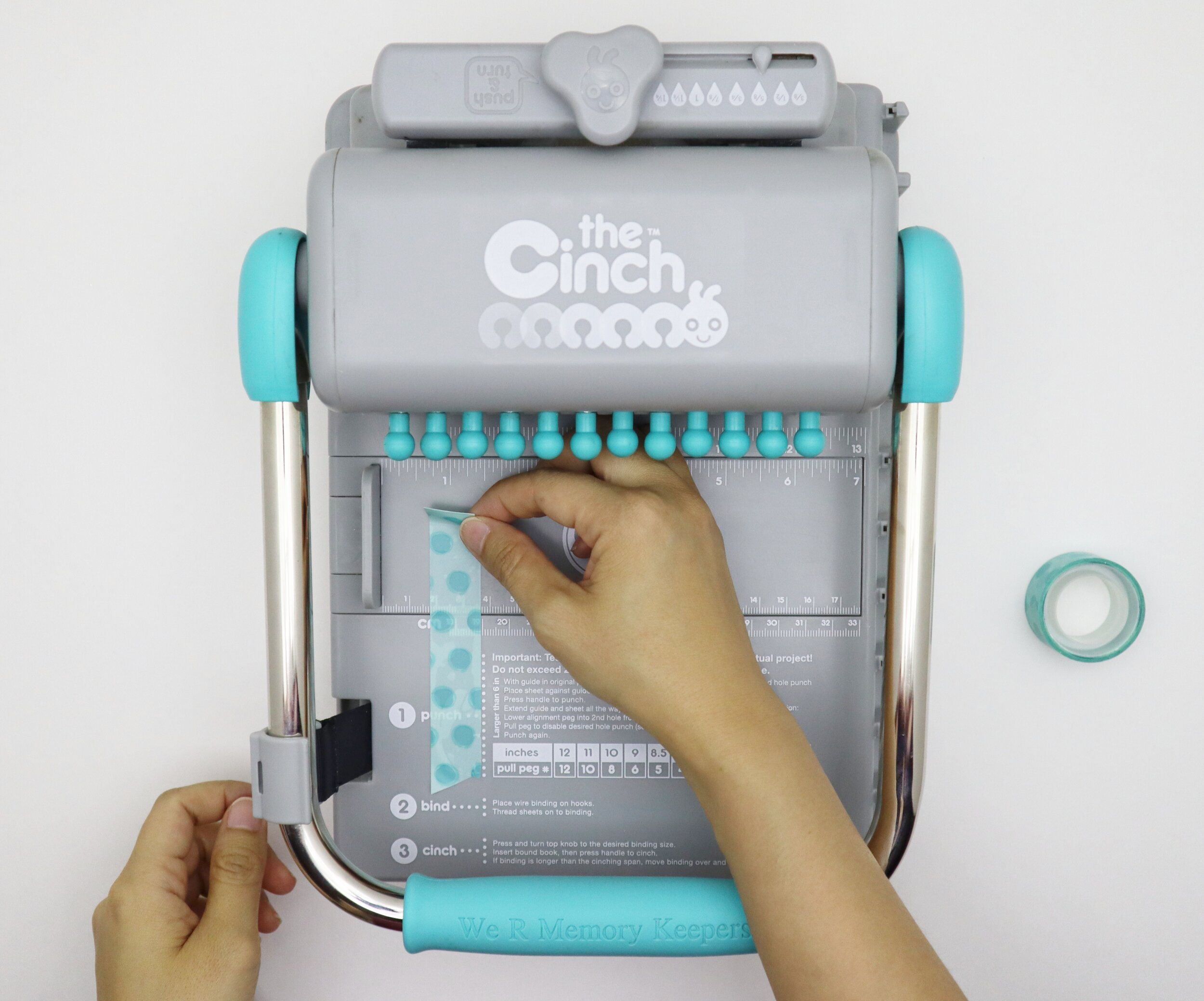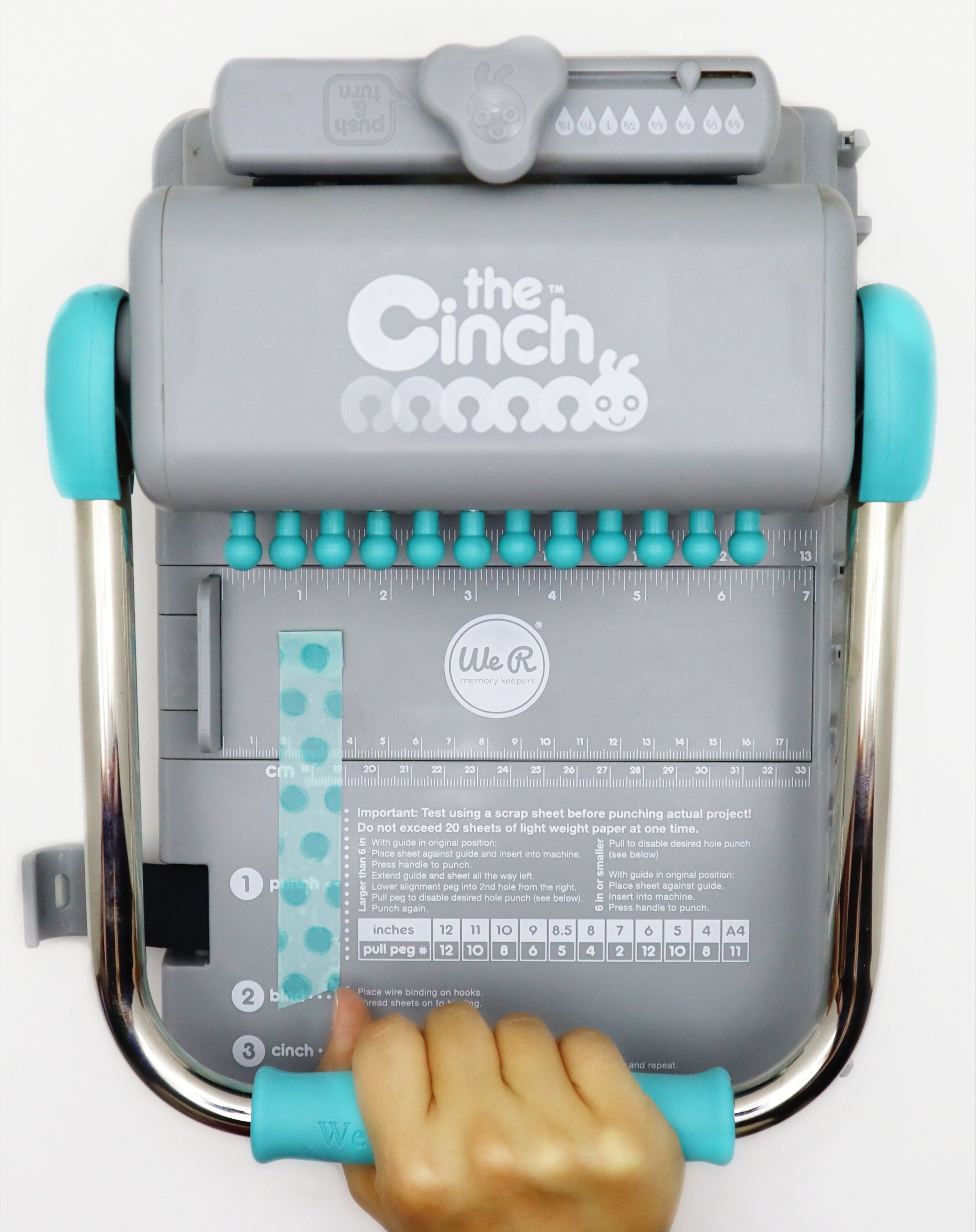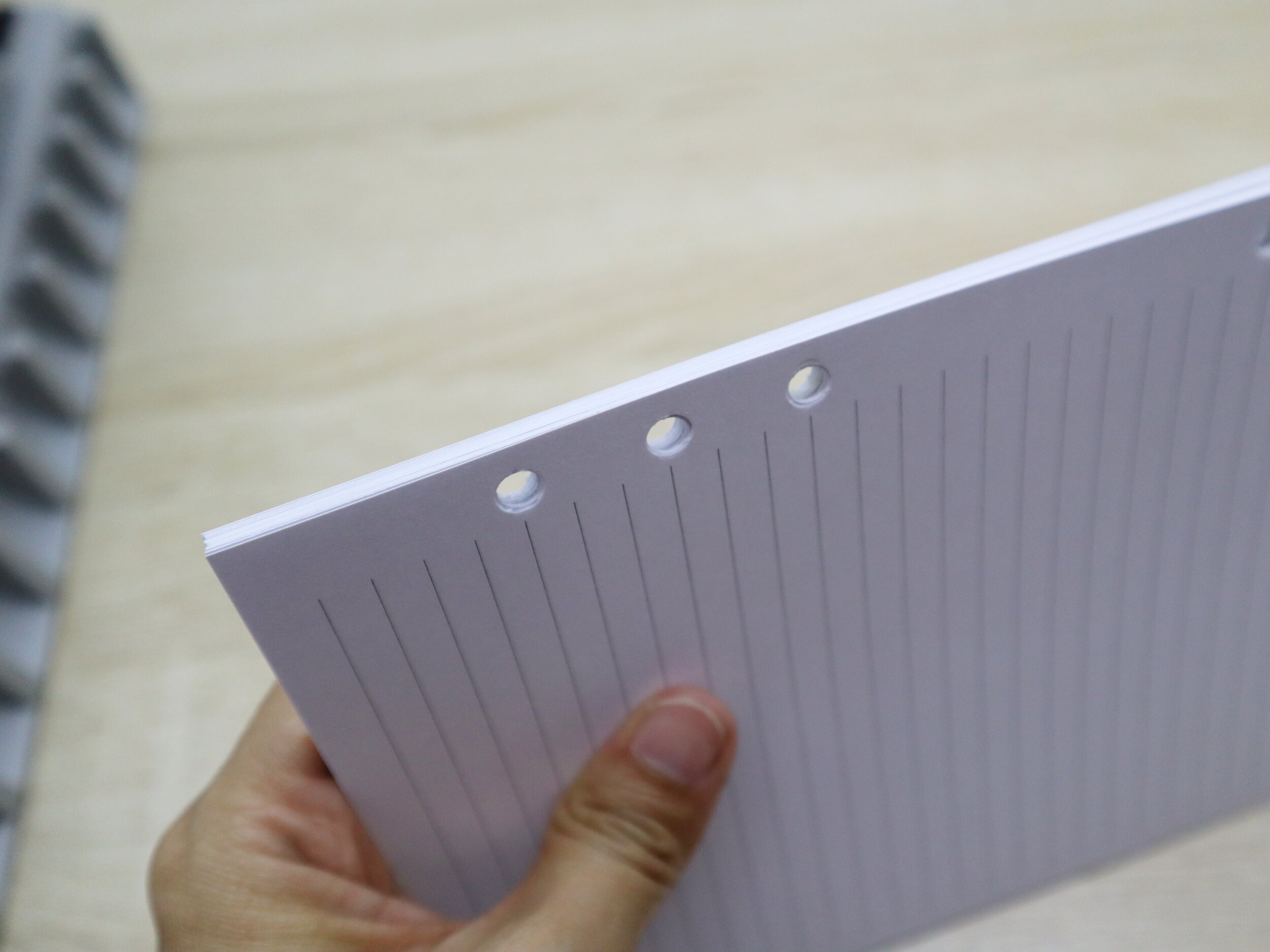So then why am I not rooting for the Planner Punch Board that was designed just for planner hole punches? Because, unlike the Cinch, the Planner Punch Board cannot handle punching many sheets of paper at a time. That leads to the next point:
2) The Cinch is a Heavy-Duty machine! Okay, so it’s not as heavy-duty as the industrial machines that drill holes into reams of paper in a single pass. But for a small office use, the Cinch is a workhorse that has made the process of hole-punching more efficient. To date, I have punched around one million sheets of planner inserts using the Cinch. Other smaller brands of 6-holes punchers that I have used in the past would end up breaking after a month punching all the inserts that my customers have ordered. When using the Cinch, I can punch within 5-minutes a 1.25” thick stack of sheets. Yeah, I’m the type of efficiency-conscious nerd who actually timed myself punching inserts. The instructions on the Cinch caution to not exceed 20 sheets of lightweight paper in a single punch. The typical copy paper is usually 20# text weight. Because I use 32# text weight which is thicker than the 20#, the maximum amount of sheets I punch at a time is 15 sheets. I have punched 20 sheets of the 32# papers, but it does require much force to push down on the handle, which can eventually break any dies if that much force is exerted. As for punching a sheet of 100# cardstock that is laminated with a 10-mil. laminating pouch, I have found that the Cinch can easily punch right through it with no issues. I’ve tried punching 100# cardstock laminated with 10-mil. with the Open Industrial 6-Hole Punch PU-462 that is quite popular in the planner community, and it has caused that hole puncher to break. Thinking that was just a faulty puncher, I tested again with a second Open Industrial hole puncher (I have several), and the dies became stuck, making the puncher no longer usable. So, for its strength and ability to handle more sheets per punch, the winner for a heavy-duty planner hole puncher is the Cinch.






